How Did Spices Go Global?
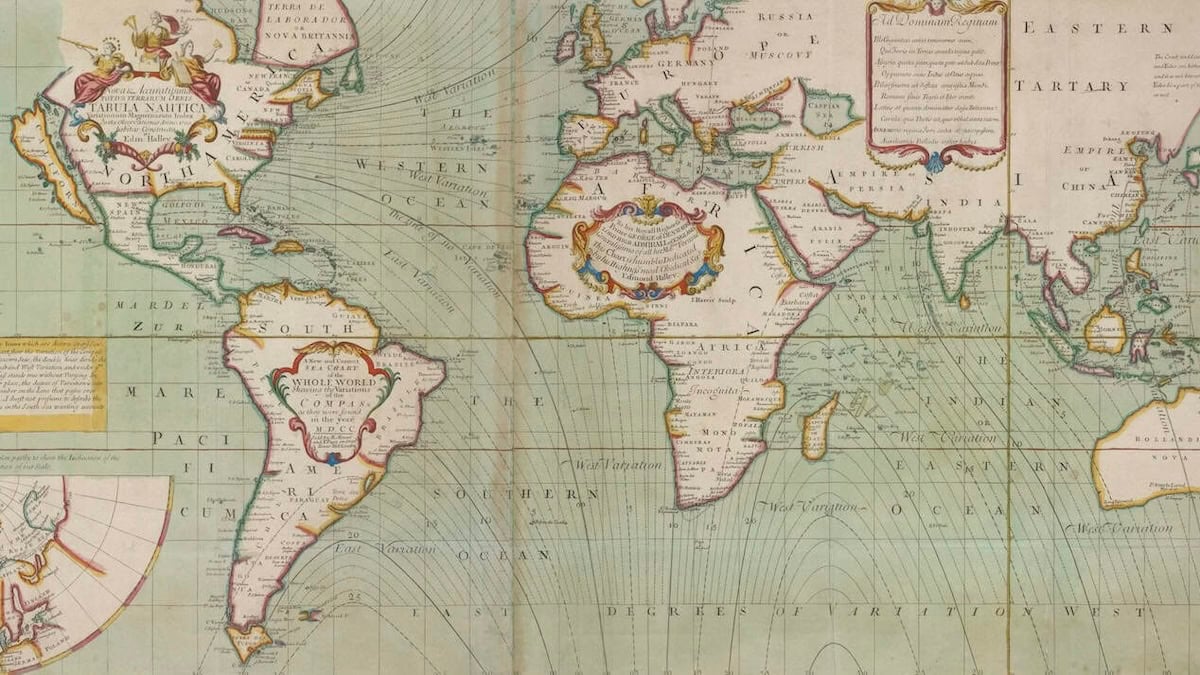
LAST UPDATED: July 3, 2025
READ TIME: 12 minutes
Table of Contents
Leaving the Nest
Imagine if all the cuisines of the world used the same spices. How bland would our lives be? If there's one thing that every cuisine has in common, it’s the use of unique spices to showcase local flavors. But clearly, these spices aren't only enjoyed locally, so how and why did they go from place to place?
The spice trade is as old as civilization itself. For millennia, spices traveled with us from continent to continent, and we passed them down from generation to generation in the never-ending evolution of cooking and medicine. Spices fueled the hearts of explorers, generals, and kings. They helped build and topple empires. If only they could talk!
Learning about spices is akin to learning about ourselves. The story of spice is as much about humanity as it is about botany. Here are the stories of how some of our favorite spices and blends left their native land and arrived on the global scene.
The Heated Story of Black Pepper
Native to India's southwestern coast, also known as Kerala, black peppercorns may have been traded by ancient civilizations as far back as 2000 BCE. The spice trade was the most lucrative business of the ancient world, and spices coming from Asia were the most valuable.
When black pepper's popularity spread to Europe, Venetian and Arab traders controlled the spice trade across the Mediterranean. Their high prices led the major economic powers to find alternative routes to the origin of this precious cargo — India.
The search for new spice routes, especially for the coveted black pepper, was a driving force behind the Age of Exploration, and one of the key factors that led Christopher Columbus to the Americas in 1492. So while the explorers did eventually bring black pepper to the world, it was really black pepper that brought them to the world.
To this day, black pepper remains the most widely used spice in the world.
Learn more about the history of black pepper.
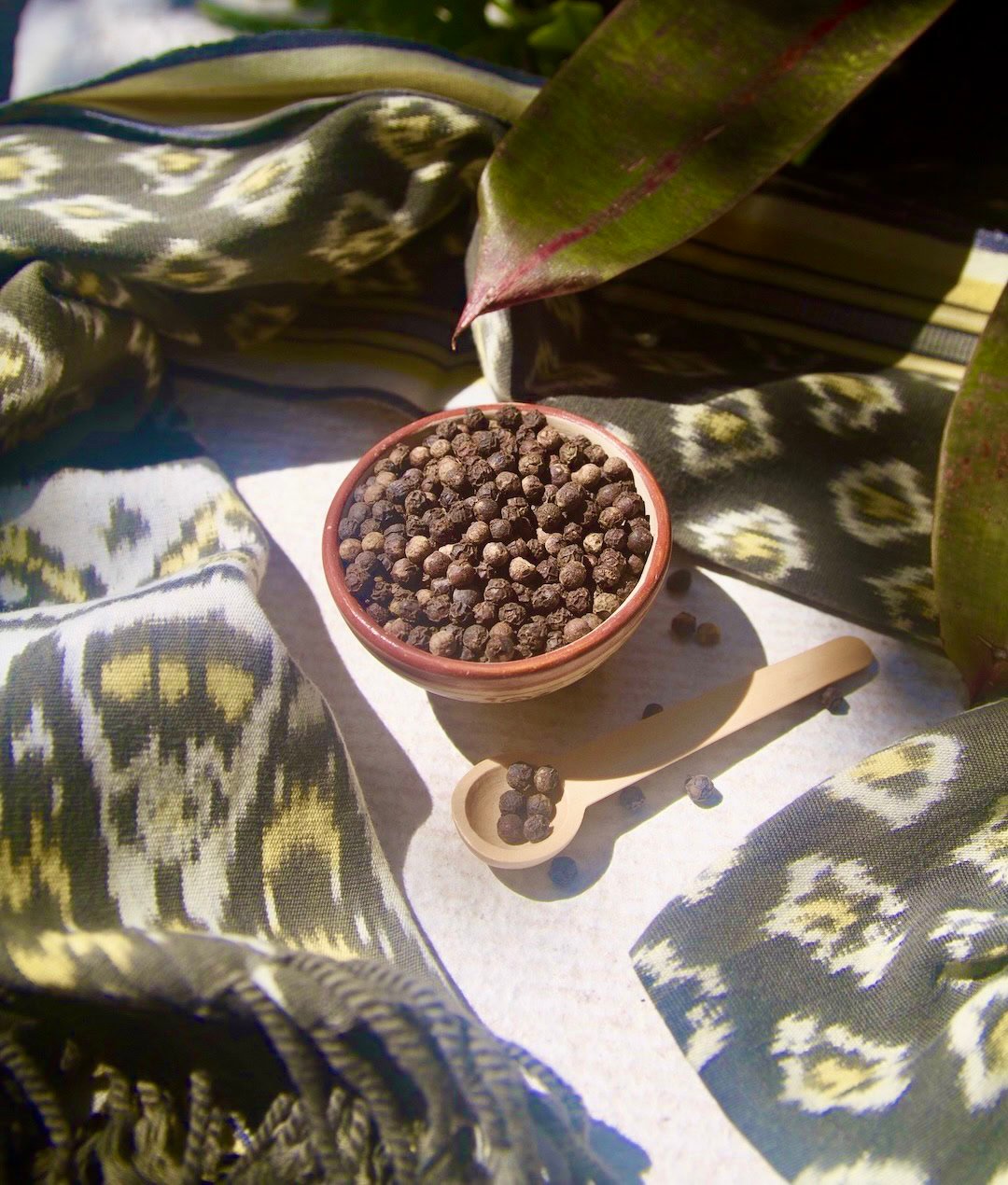
Ceylon Cinnamon, Sri Lanka's Crown Jewel
True cinnamon is the bark of the Cinnamomum verum tree. Also known as Ceylon cinnamon, this fragrant tree bark is native to Sri Lanka, a drop-shaped island a few miles from India's southernmost tip.
As with black pepper, Arab traders carried the spice from South Asia to Europe. By the Middle Ages, Ceylon cinnamon was more than a popular spice; it was a status symbol. The Portuguese first reached Sri Lanka and colonized it, but the small island and its precious cinnamon exchanged hands, first to the Dutch and then to the British.
The increased availability of cassia cinnamon species in China, Vietnam, and Indonesia—cheaper, less-refined spices with a more pungent scent—caused true cinnamon's global dominance to wane. But it never lost love. Today, high-quality Ceylon cinnamon still commands high prices and global demand.
Learn more about the history of Ceylon cinnamon and cassia.

Paprika, the Spirit of Spain and Hungary
Spanish sausages like the famous chorizo and renowned tapas like patatas bravas wouldn't have their signature savory smokiness without paprika. What is this red-hued spice and where does it come from?
All chile peppers are native to the Americas, specifically modern-day Mexico, Central America, and northern South America. When Columbus discovered these spicy little fruits, he saw in them a suitable alternative to the other hot spices that were taking Europe by storm: black pepper, long pepper, and grains of paradise.
When chiles reached the shores of Spain, Spanish farmers began drying, smoking, and blending them. This was the first paprika and it instantly became a favorite seasoning. As its popularity expanded in the 16th century, chiles arrived in Hungary. Farmers there began selectively breeding pepper varieties for varying levels of heat and sweetness. The creation of new, milder varieties thus became a lucrative endeavor. Even non-spice varieties came to be, including the now-ubiquitous bell peppers.
Many types of paprika evolved out of this creative process. By the 19th century, the spice had gained widespread acclaim, becoming a staple in cuisines across Europe and a sought-after spice globally.
Learn more about the history of paprika.
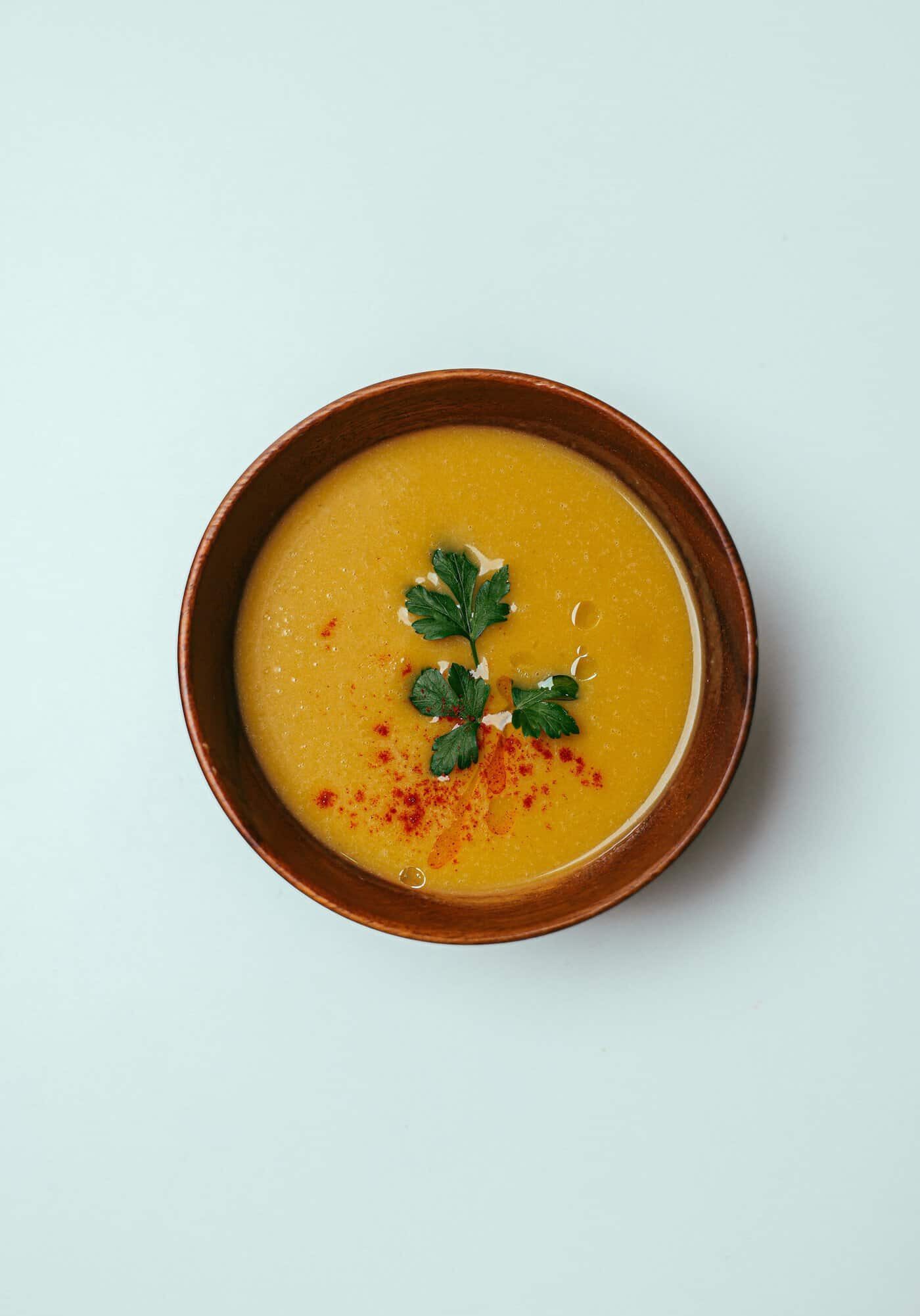
Nutmeg and Mace, Treasures from the Spice Islands
One of the most popular winter spices, nutmeg, and its sister spice, mace, come from the same fruit of the Myristica fragrans tree. Nutmeg is the seed found inside the fruit, while mace is the red lacy covering (called an aril) that surrounds the seed.
To find their origin, we must travel to the Maluku Islands (also known as the Moluccas), an archipelago in eastern Indonesia. These are known as the Spice Islands for their claim to nutmeg, mace, and cloves.
Arab merchants reached these secluded islands in the 14th century. When these exotic, deeply desirable spices landed on the shores of Europe, they were treasured for more than their flavor; they were believed to protect people from the plague.
It wasn't until the mighty Portuguese trading ships arrived at the islands in the 16th century and disrupted the established spice routes that nutmeg and mace reached the rest of the world. The Dutch and the British soon followed, taking them to their new colonies in America, where the spices found a new home.

Saffron, the Most Expensive Spice on Earth
Pound for pound, saffron is the most expensive spice on earth. It makes sense when you consider that farmers must pick and pluck the flower's stigmas by hand, and sort and dry them in a labor-intensive and time-consuming process. One must pick 150 flowers to get only 1g (0.035 oz) of dried saffron threads.
Ancient civilizations, including the Minoans and the Egyptians, cherished the spice known as red gold. Legend has it that Cleopatra bathed in milk and saffron regularly over 2,000 years ago.
Greek mythology tells the tale of a brave sailor named Crocus being transformed into the purple flower by the nymph Smilax after failing to court her.
With the Mediterranean as a commercial speedway, the flower soon arrived in Northern Africa, Turkey, and the Arabian Peninsula. From there, traders took the spice east to India, Mongolia, and China.
The mighty Romans made sure to take their love for saffron to all the known world. Today, Iran accounts for 80-90% of all saffron production.
Learn more about the history of saffron.

Allspice, a Tropical Blessing

Allspice, also known as Jamaica pepper, is native to the Greater Antilles, Southern Mexico, and Central America.
The Maya harvested the fruit and dried it in the sun, using it for both culinary and ceremonial purposes as early as 500 BCE.
When the Spanish reached the Americas in the late 15th century, they marveled at the wide variety of ingredients and spices available. They named allspice pimienta gorda, or fat peppercorn.
It was the British, though, who gave allspice its name after invading Jamaica in 1655. They found in the Caribbean spice the combined flavors of cinnamon, nutmeg, and cloves, and gave it a name suited to its versatility.
Allspice has specific cultivation requirements. The seeds often need to pass through the digestive tract of certain birds to germinate effectively. This initially made it rather difficult to produce the spice outside of its native range. Jamaica tried to maintain a monopoly by keeping its techniques secret, but other regions in the Caribbean and Central America quickly figured it out and began production. Eventually, allspice seeds were transported to the Pacific Islands, including Hawaii, where it was naturalized.
Learn more about the history of allspice.
Vanilla, the Sweet Spice
Vanilla is unique. An edible orchid native to Mexico and Central America, vanilla was first domesticated by the Totonac people living in Mexico’s Gulf Coast. By the 15th century, the aromatic pods were widely cherished by the Aztecs.
Vanilla was used to flavor chocolate beverages, but was also sometimes used as currency. The Aztecs demanded vanilla tributes from neighboring regions and the spice regularly caused war.
When the Spanish conquerors arrived in Mexico, they were surprised by the delightful spice and its heartwarming scent. Vanilla became very popular in Spain and later France. The French embraced the spice and played a significant role in developing its many culinary uses.
While Mexico was the sole vanilla producer until 1760, traders eventually took the orchid to Indonesia and Madagascar, where it became an important agricultural product.
In the 1920s, vanillin was synthesized in Germany and shortly thereafter became commercially available in much greater volume than true vanilla pods. The vast majority of vanilla in today's market (over 99%) is not the real thing, and although synthesized vanillin is still tasty, nothing beats the authentic full flavor of vanilla pods straight from the orchid.
Learn more about the history of vanilla.

Cajun Seasoning, Flavors from the American South
Cajun seasonings vary, but more often than not they blend paprika, onion powder, salt, white pepper, cayenne, oregano, and thyme.
The flavorful spice blend has a unique story that starts in the mid-18th century. French immigrants in Acadia, Canada were tragically forced to flee their homes 2,250 miles to the American South in the tense lead-up to the Seven Years' War. They found a new home in Southern Louisiana.
Here, French culinary traditions merged with Spanish and West African. This cultural melding gave rise to what we know today as Cajun cuisine. Green bell peppers, onions, and celery became the region's 'holy trinity' of ingredients, but it was their spice blends that elevated Cajun cooking to the next level. Gumbo, jambalaya, rice and gravy, and boudin sausage alll infused with this multicultural blend of flavors.
Today, cooks use Cajun blends in every corner of the world, especially when looking to bring out the lively, comforting flavors of the American South.
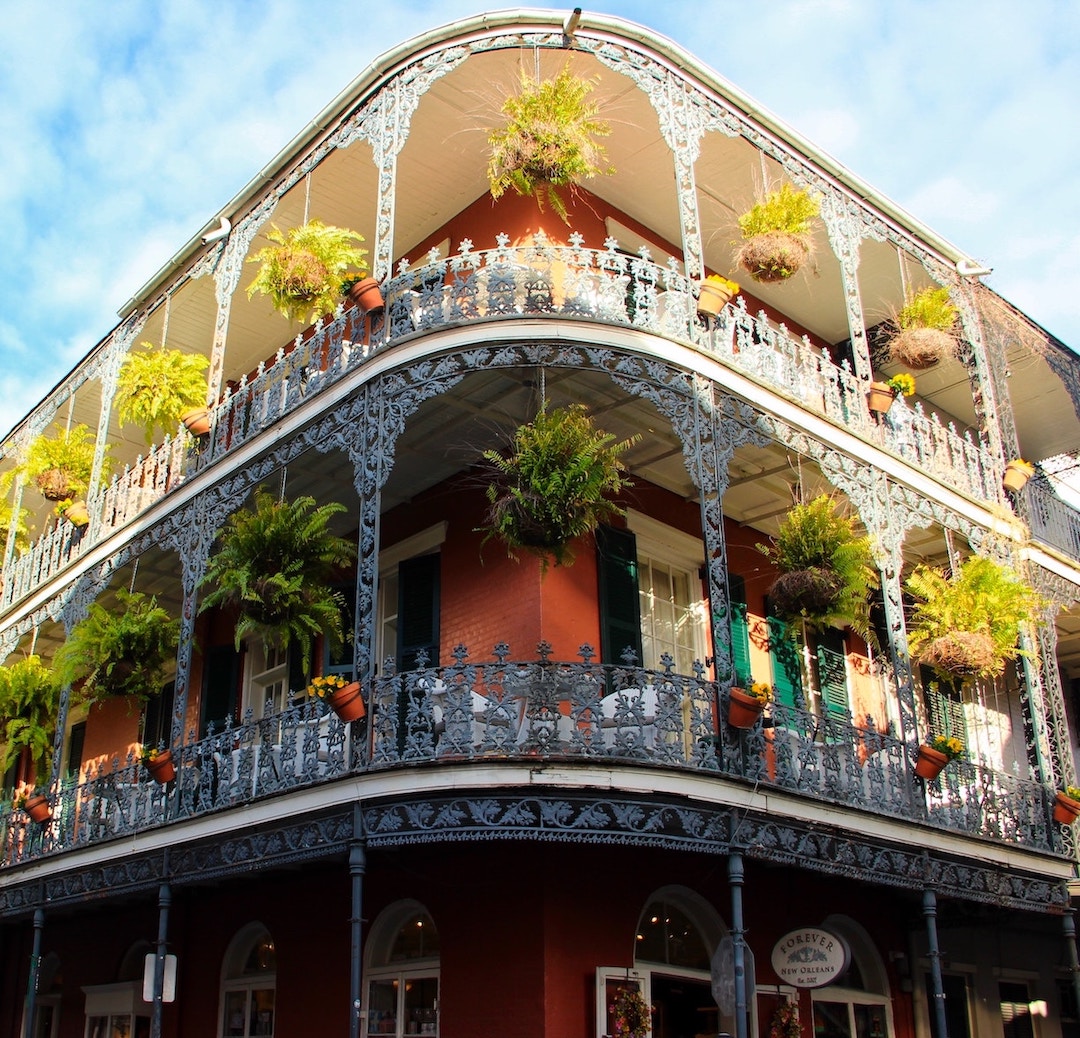
Chinese Five-Spice, the Five Elements of Balance
The famous Chinese five-spice blend has a multi-faceted meaning. It is traditionally made up of five spices, which were chosen to represent the balance of the five flavors (sweet, sour, bitter, salty, umami). It also holds further philosophical significance to Chinese culture, as it represents the five elements (wood, fire, earth, metal, water) and the five directions (north, south, east, west, center). Furthermore, according to traditional Chinese medicine, this combination of spices can also bring balance to our mind and body.
Star anise, cloves, Chinese cinnamon, sichuan peppercorns, and fennel seeds are the most common ingredients in this intensely aromatic spice blend.
Originally a staple of Cantonese cuisine, it was first popularized in Northern China and spread east as far as Vietnam. Then spurred by the California Gold Rush of the 1850s, over 300,000 Chinese immigrants arrived on the shores of America's West Coast. They brought their spice mastery, including diverse versions of the five-spice blend.
Today, Chinese food, heavily influenced by the five-spice powder, is available in most major cities across the planet.
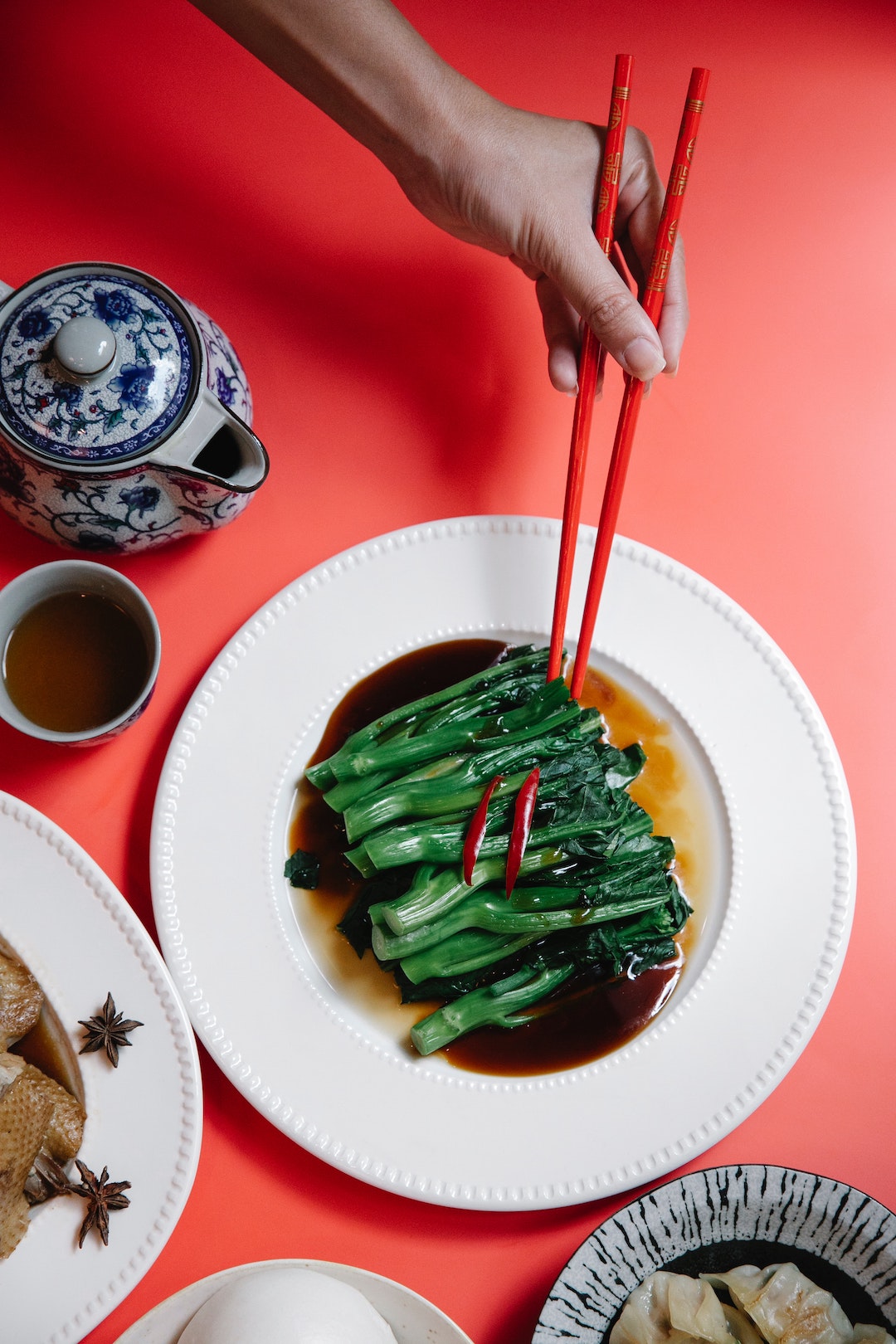
Garam Masala, A Storied Past
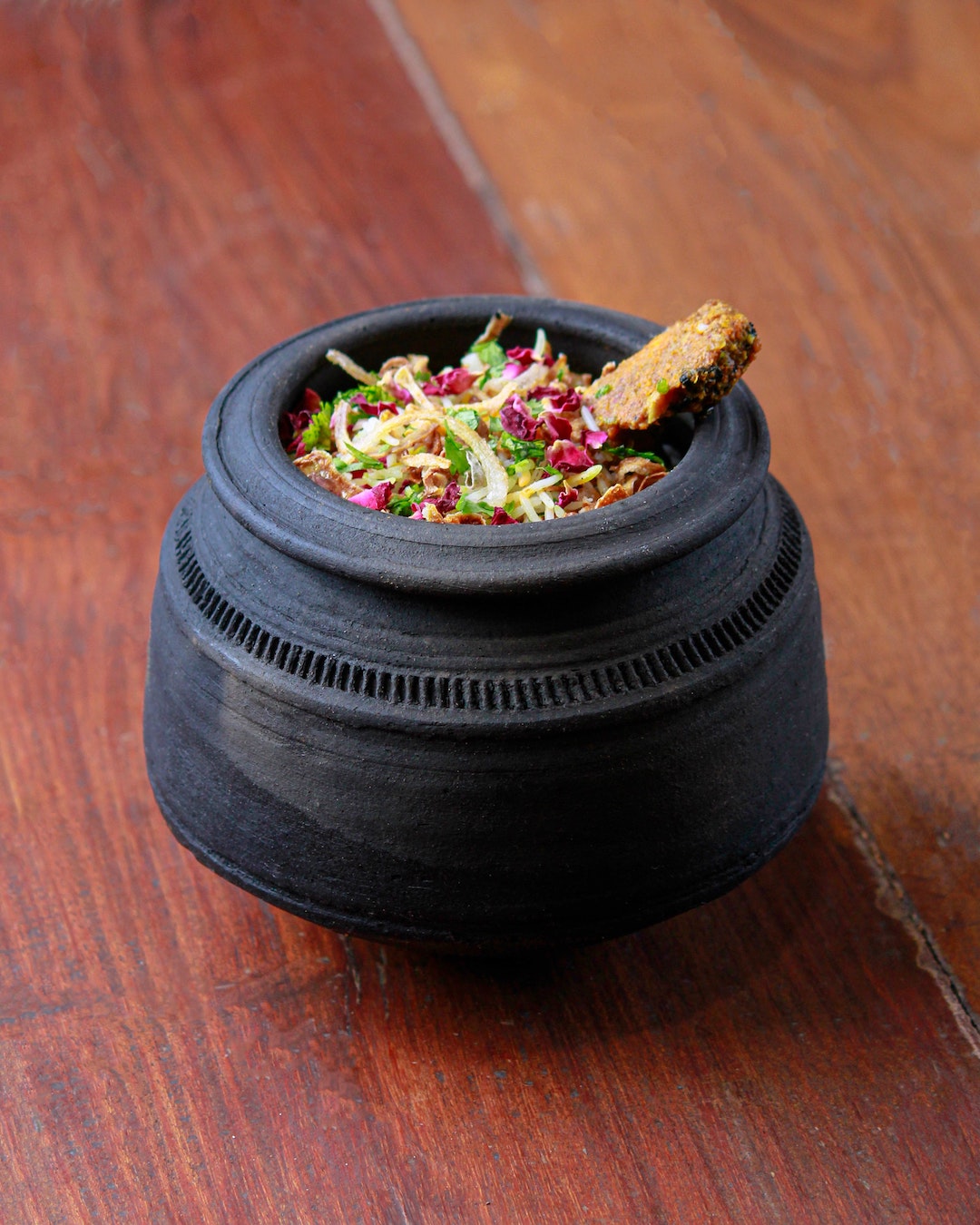
Garam masala is not one spice, but many. While there are regional variations, it is typically composed of black and white pepper, cloves, cinnamon, mace, cardamom, bay leaves, and cumin. It's not uncommon to see coriander seeds and red chili powder added to the mix.
Meaning 'hot spice,' garam masala is more prevalent in Northern India, but it has spread throughout South Asia to Pakistan, Nepal, and Bangladesh. Legend has it that Mughal emperors held spice blending competitions, seeking the most tantalizing garam masala to grace their royal banquets.
British colonists in India first coined the term “curry" as a way to broadly categorize a wide array of diverse Indian dishes, often characterized by rich, flavorful sauces and spice blends like garam masala.
By the late 1740s, a few British cookbooks called for the vibrant spice blend. England's colonization of India caused garam masala and other Indian spices to find their way to all British colonies, including Canada, the US, and Australia.
After WWII, immigrants from South Asia arrived in these countries, adding strength and technique to the use of spice there. Garam masala is now cherished by foodies worldwide.
Italian Seasoning, Flavoring the World
Italian cuisine is arguably the most popular in the world. Pasta and pizza have truly worldwide recognition. Part of its popularity is thanks to a few critical ingredients: tomatoes, olive oil, and Italian seasonings.
Oregano, basil, thyme and rosemary come together for a flavor and aroma profile that's uniquely Italian. Still, the famous seasoning blend was not created in Italy, but in America.
Over four million Italians arrived at the American shores between 1880 and 1924 and were established mainly on the East Coast. Italians used to flavor their hearty food with fresh herbs, often grown in their gardens. That wasn't possible in the United States, so the need to emulate those flavors gave life to the dried herbs we now know as Italian seasoning.
Some of the most popular Italian American dishes rely on Italian seasoning, including spaghetti, meatballs, and lasagna. It was from the United States that the spice blend found its way to all corners of the earth, and even back to Italy, where it is now more popular than ever.

What Are Your Favorite Spices?
Every culture on the planet has its favorite herbs and spices that have traveled far and wide, changing the way we experience food in our own homes.
If you look at your spice rack, chances are you have spices grown across five continents, making your own cooking a multicultural endeavor that wouldn't be possible without the spice trade.
What are your favorite spices? Let us know if you'd like to learn their stories!

